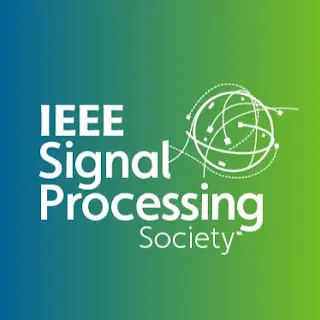A Multichannel Cross-Modal Fusion Framework for Electron Tomography
In this paper, we present a multichannel cross-modal fusion algorithm to combine two complementary modalities in electron tomography: X-ray spectroscopy and scanning transmission electron microscopy (STEM). The former reveals compositions with high elemental specificity but low signal-to-noise ratio (SNR), while the latter characterizes the structure with high SNR but little chemical information.
